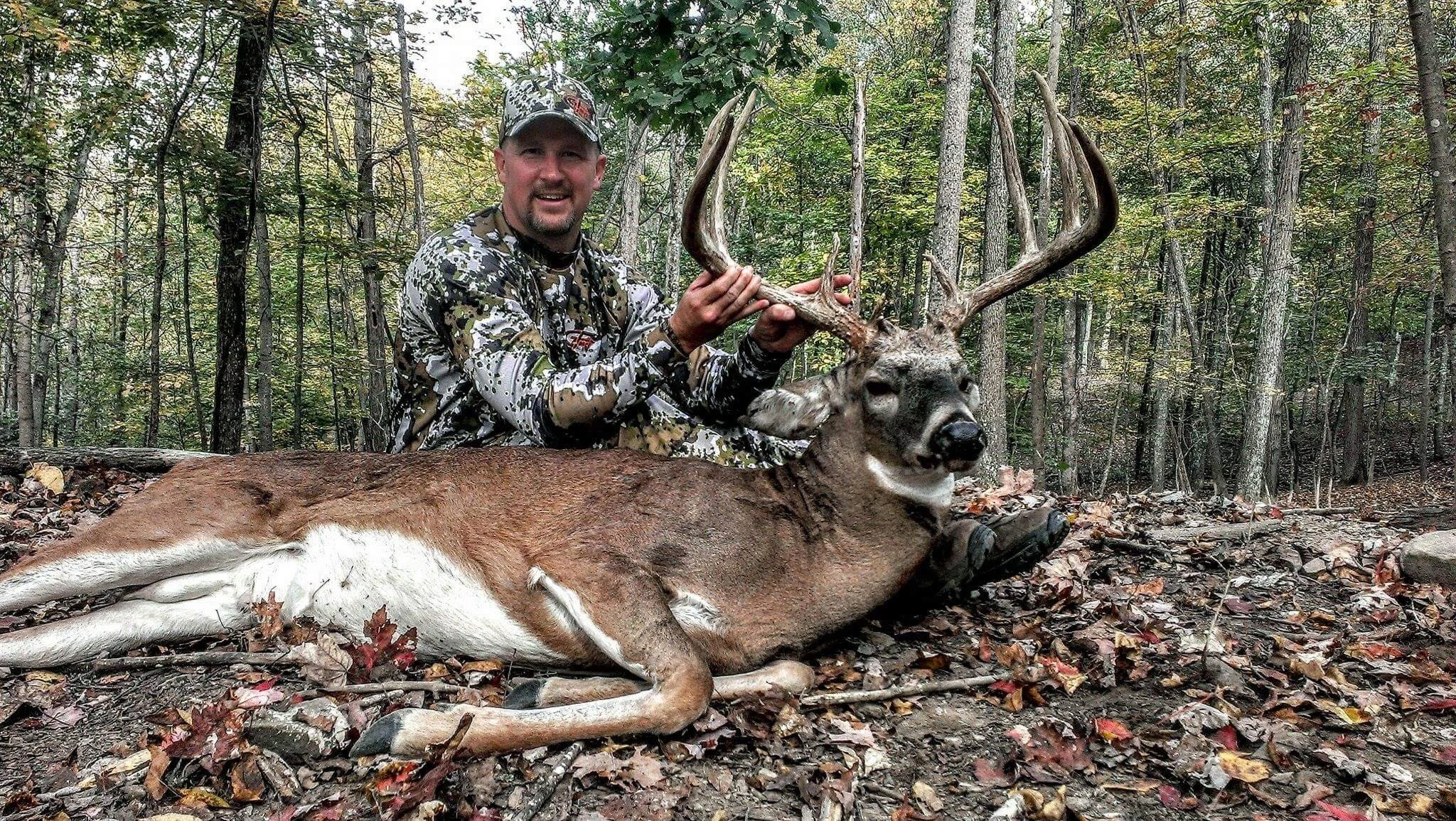Wildlife Watching Wednesday: The Beneficial Garter Snake
By: Tom Berg
Almost everyone who has spent a little time outdoors has seen a common garter snake at one time or another. Garter snakes are the relatively small, black snakes with the yellow stripes that we see in our back yards, in our gardens, in our parks, along creek banks, and many other places.
Some people call them garden snakes or gardener snakes, but their proper name is garter snake. They are often black in color with yellow stripes, but some individuals are brown rather than black, and some species have other colorations. There are actually 30 species of garter snakes in North America. It is said that their yellow stripes look like the garters that men used to wear to hold up their socks!
Garter snakes are one of the most common snakes in America, and happily, they are basically harmless. n fact, like most snakes, they are quite beneficial to people. They are carnivorous hunters and are always on the lookout for food. That food includes small rodents like mice, moles and shrews. They also eat frogs and toads, worms, slugs and a variety of insects. They help keep the pest populations in our yards and gardens under control.
One interesting detail about garter snakes is that they don’t lay eggs; they give birth to live young. There are typically 30 to 40 baby snakes born at one time, and they are totally self-sufficient right away. That’s important because the parent snakes do not care for them and they are completely on their own.
A surprising fact about garter snakes is that they are actually venomous. It was recently discovered that their saliva contains a very mild neurotoxin. But don’t worry, their venom is almost completely harmless to humans. It sometimes causes slight swelling or itching if someone is bitten and the skin is broken. They don’t inject the poison through fangs like rattlesnakes; instead they spread it into wounds through a chewing motion. Although the poison does not hurt humans, it is strong enough to stun small prey (like mice or toads) long enough to swallow them.
Have you done something interesting outdoors? Join Global Outdoors and write a review to tell everyone about it! We’re building the home for trusted reviews of outdoor experiences, outfitters, and guides.


